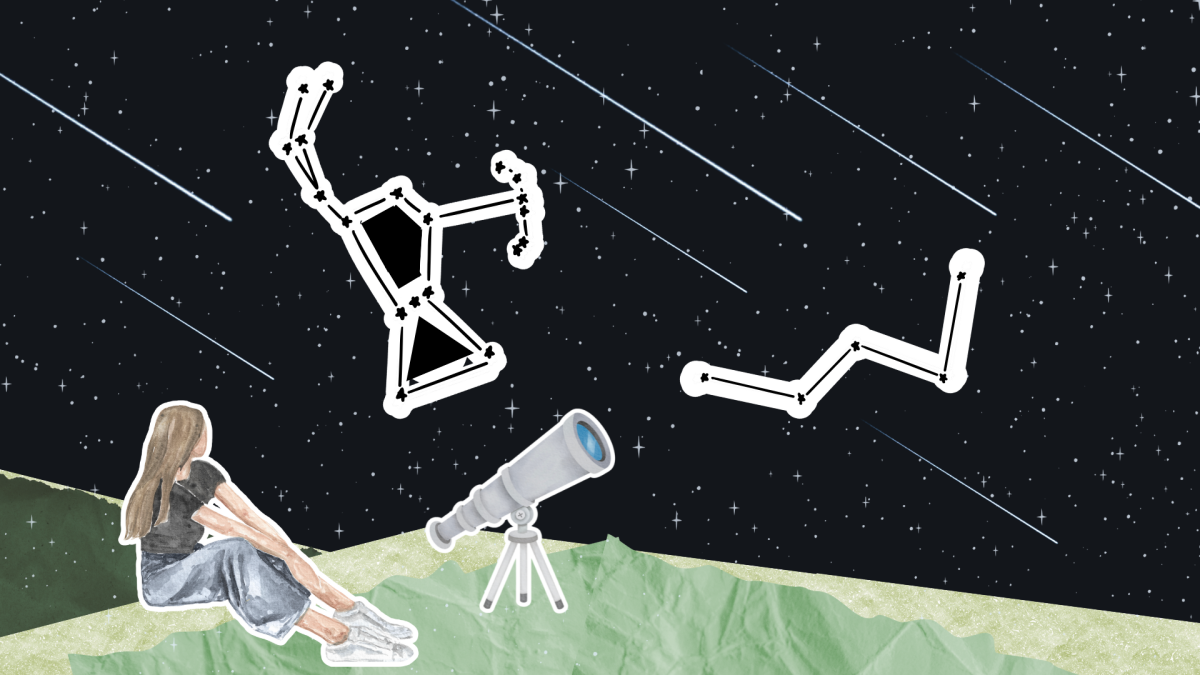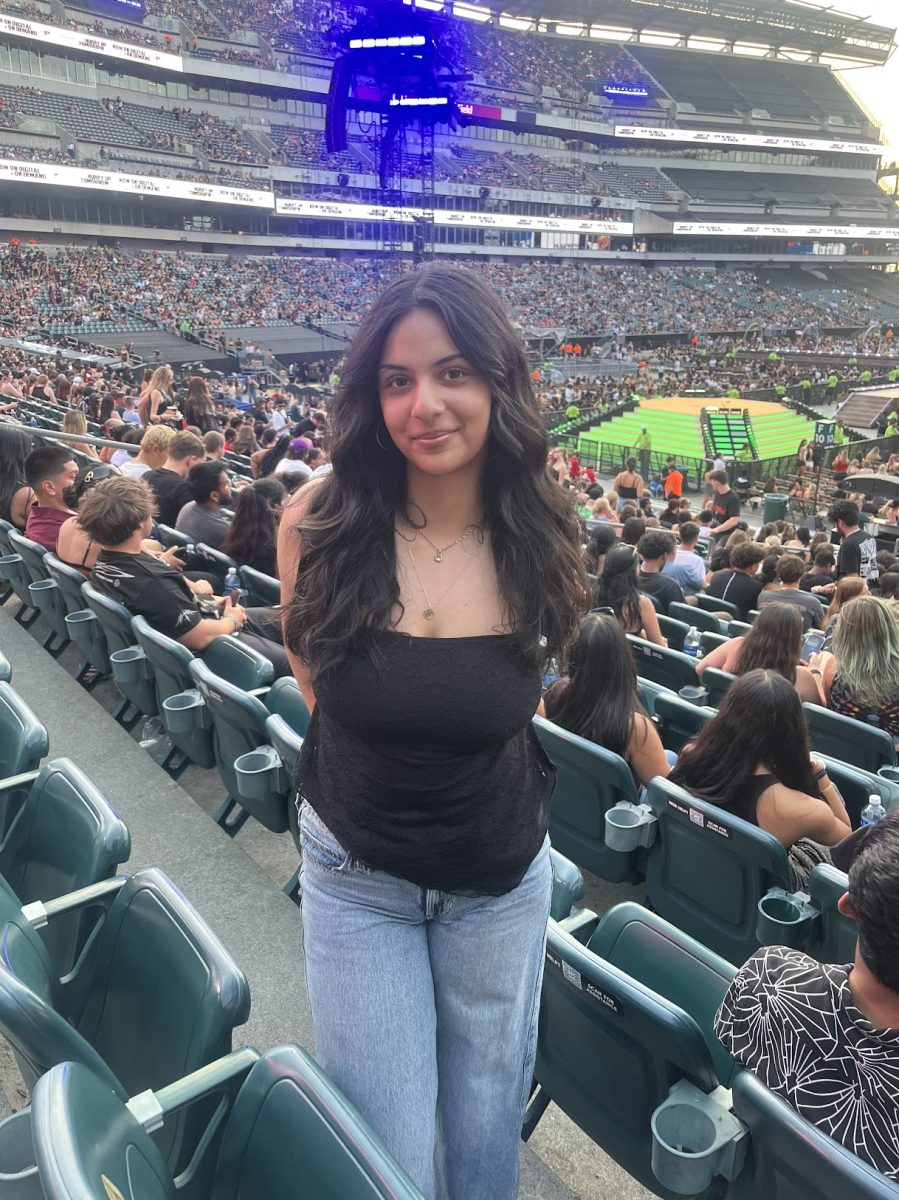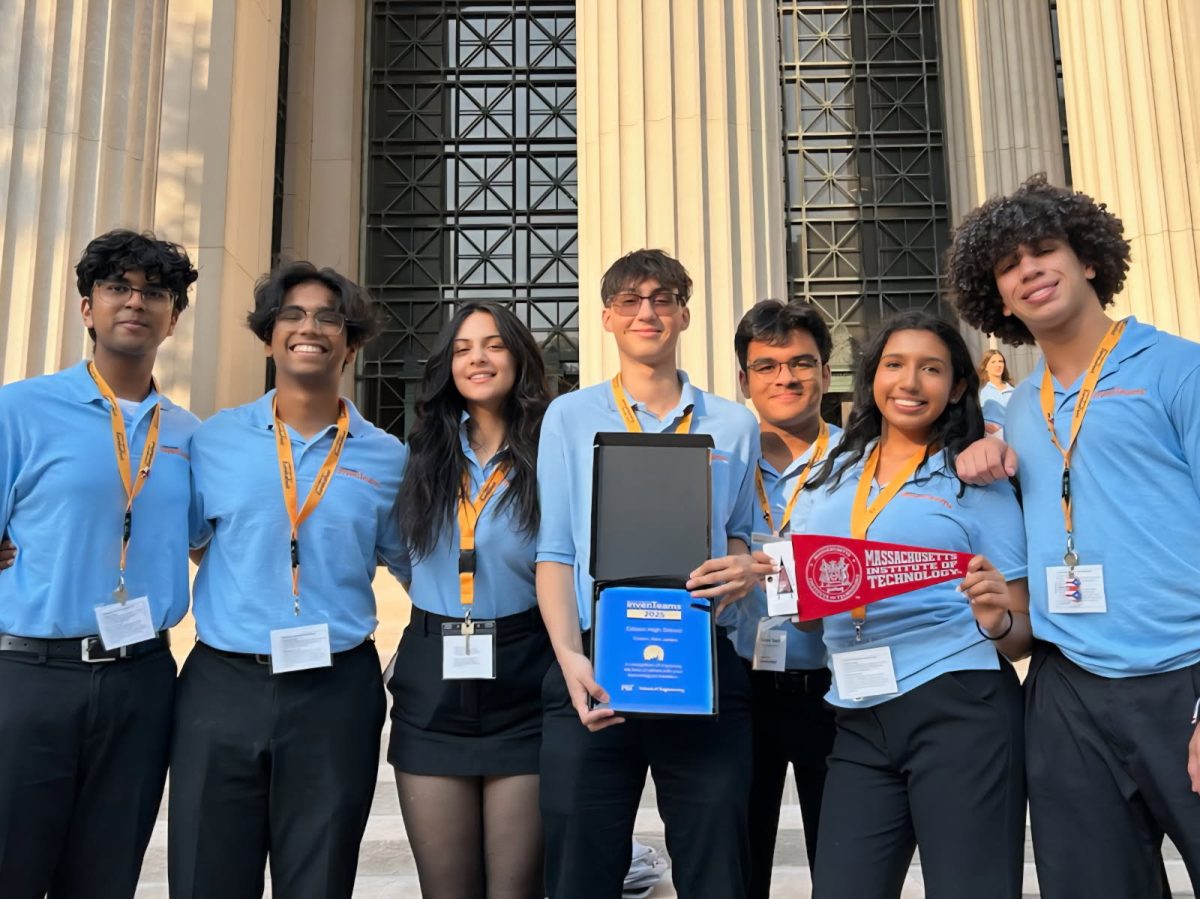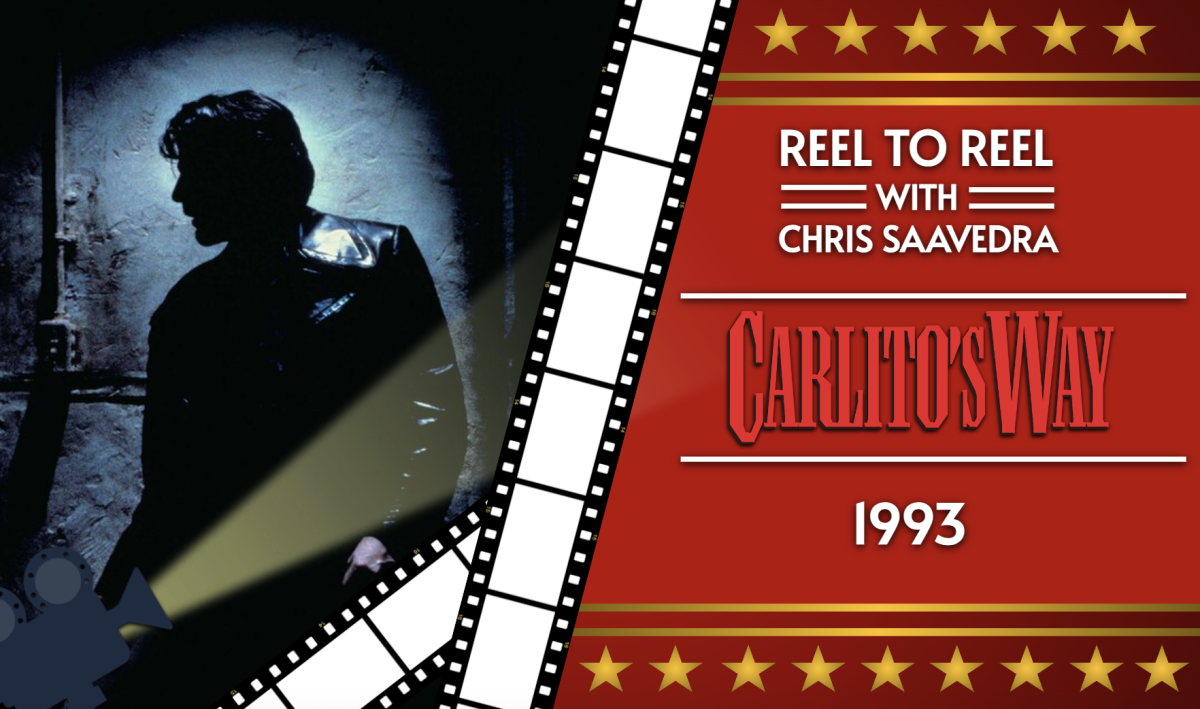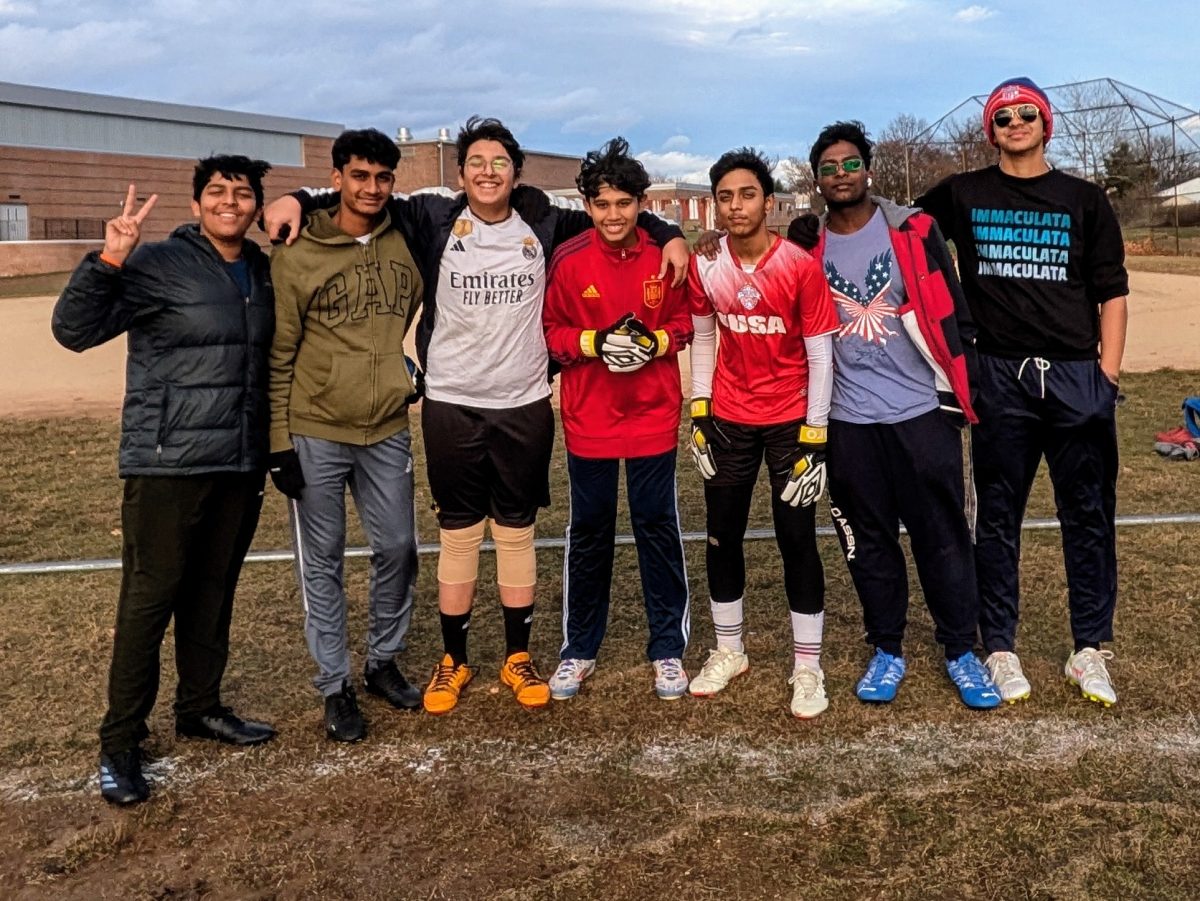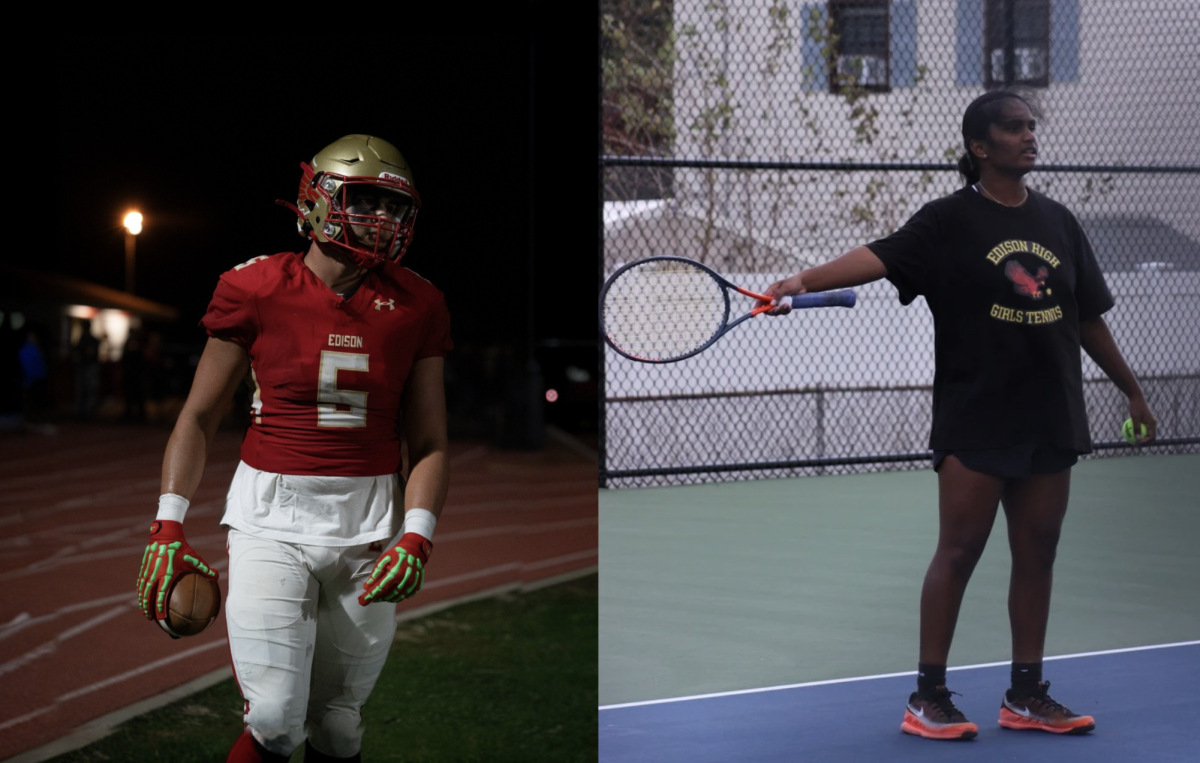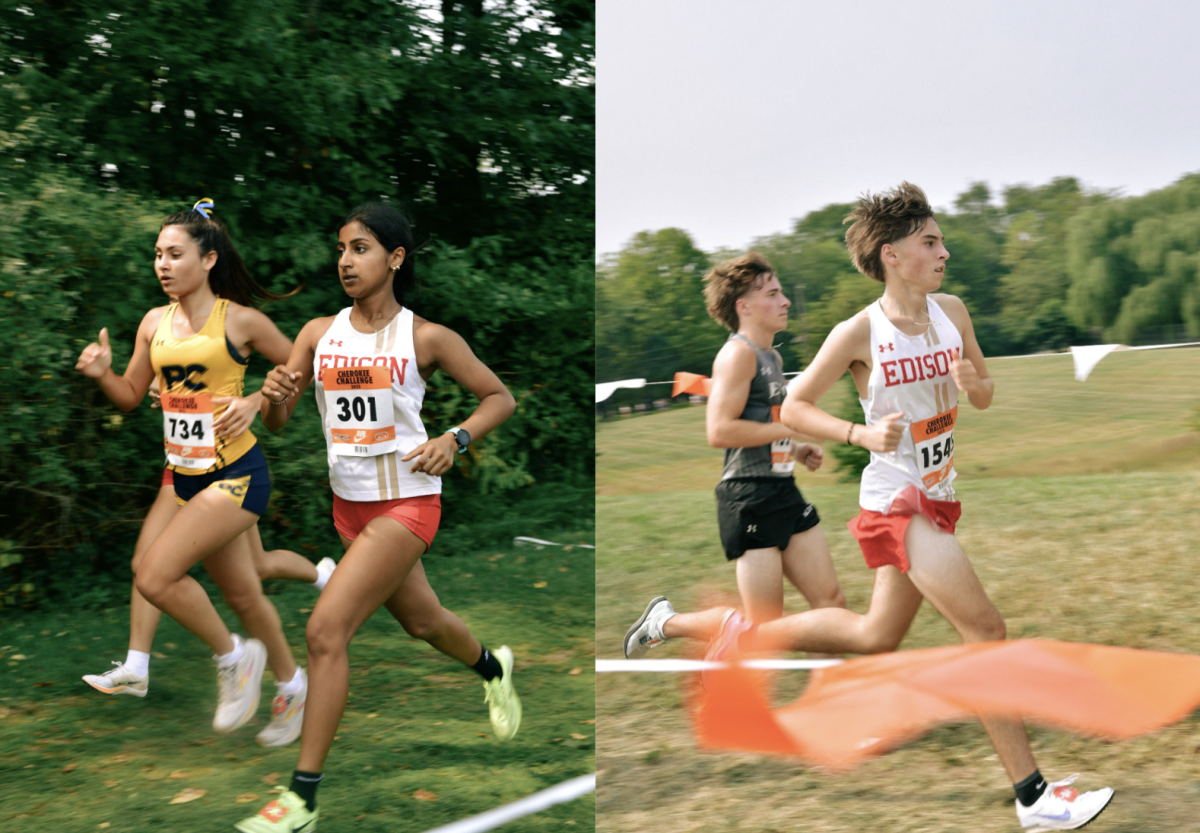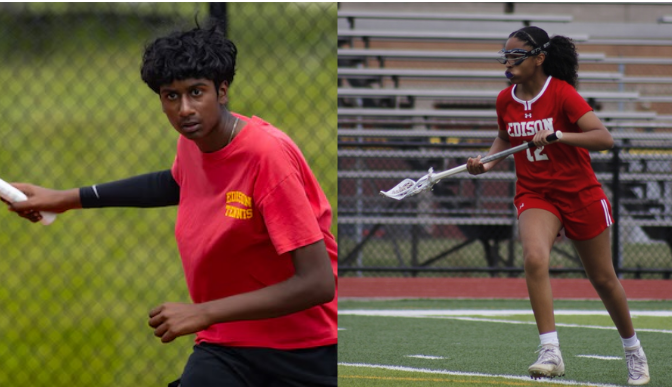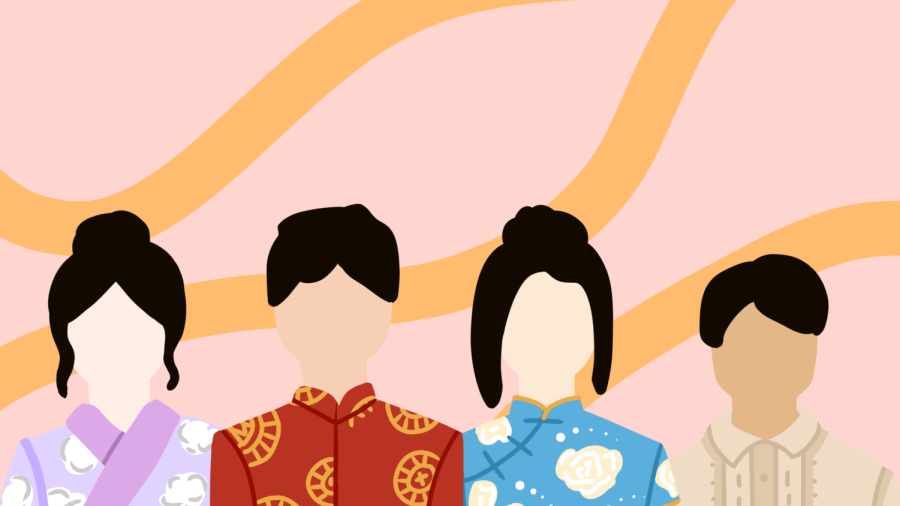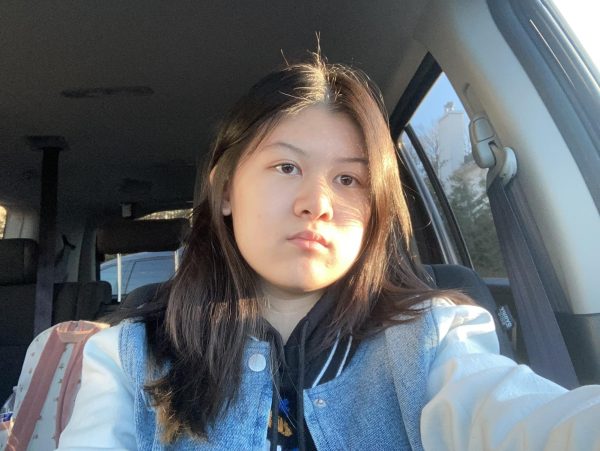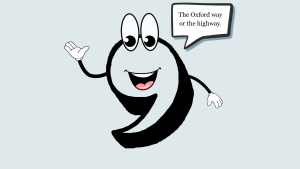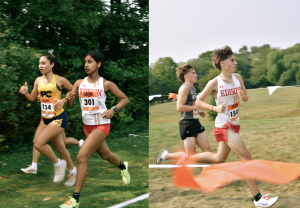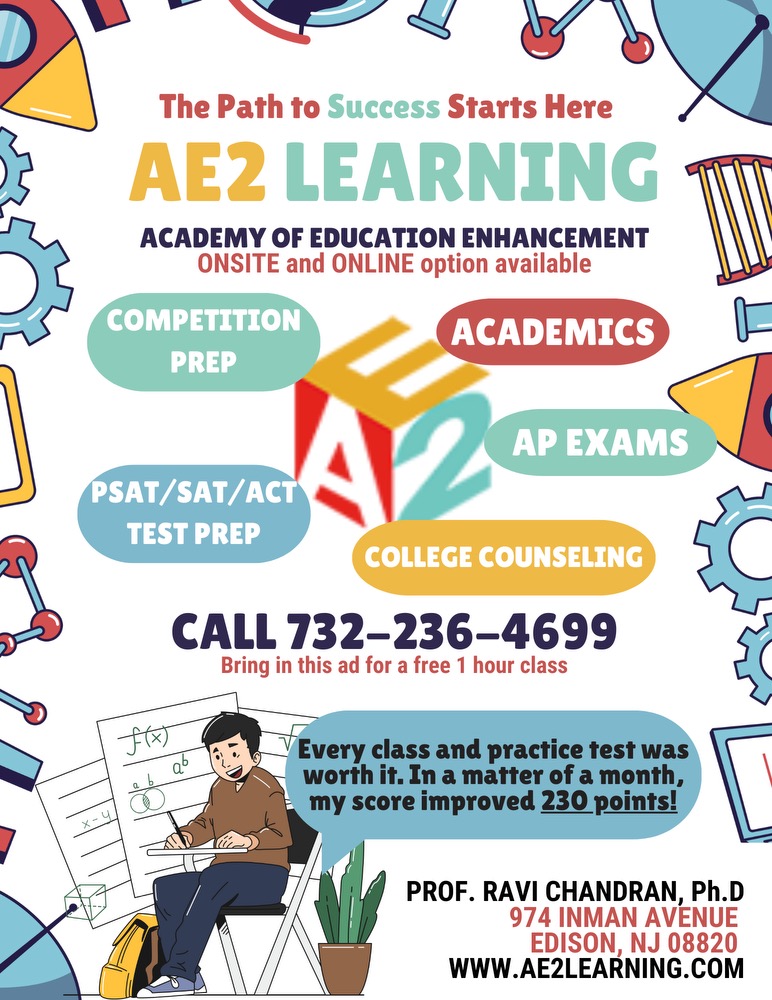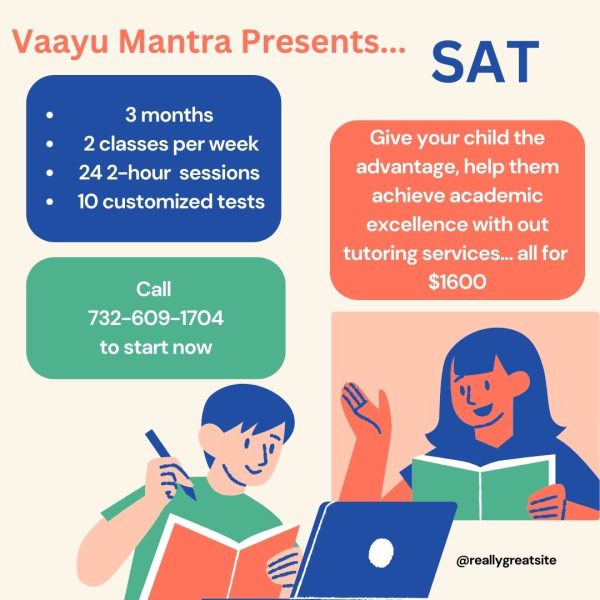Misrepresentation and the Few Good Exceptions: AAPI in Media
From left to right, people wear the traditional kimono from Japan, áo dài from Vietnam, cheongsam/qipao from China, and the barong tagalog from the Philippines.
May 31, 2022
May is Asian American and Pacific Islander Heritage (AAPI) Month, which celebrates the history and contributions of Asian Americans and Pacific Islanders across the United States. Yet, despite the country’s celebration of AAPI, representation in the media is sparse and often based on harmful stereotypes.
Although Asian representation is gradually rising, with the success of films like Parasite, Crazy Rich Asians, and Shang-Chi and the Legend of the Ten Rings, relatable portrayals of the Asian-American immigrant experience are rarely seen. Generally, Asian characters in media are not written as well-rounded and complex, let alone as the story’s protagonists. In addition, current representation is predominantly centered on East Asians, even though AAPI consists of Southeast Asians, South Asians, and Pacific Islanders, too.
One common Asian-American stereotype is the “model minority.” This stereotype can be seen in Crazy Rich Asians: the myth that Asian-Americans are a socioeconomically advantaged group. Likewise, Asian characters are often portrayed as one-dimensional: studious, hardworking, competent, and successful. These attributes may seem positive, but they deny Asian Americans their individuality and ignore their diasporic struggles as a minority. Although the film broke many racial barriers in the film industry by having an all-Asian cast, all the characters were still highly educated and wealthy.
Furthermore, adding to the model minority myth, Asian characters are seen as overachieving, socially inept nerds whose only career paths are doctors or engineers–and, all too often, are written as the laughingstock. Asian characters that fit into this stereotype often have “tiger parents:” strict, relentless, unloving parents who push their children to academic excellence. Not only is this stereotype extremely uncommon, but it is also derogatory.
An example of these tropes is Tiffany Chen, a supporting Asian character from the Disney Channel spinoff Bunk’d. Tiffany’s entire characterization is centered on being a grade-obsessed, antisocial, violin-playing perfectionist with a tyrannical mother.
“Asians, in general, are almost always portrayed as the school geniuses, and even if it’s not offensive, it’s still frustrating that people take that idea and use it in real life, too. They usually aren’t seen to have any creative value, a love life, or decent parents,” said Jia Shah ‘24, an Indian American student at EHS.
Even though Asian characters frequently fit into the model minority stereotype, they are also demonized, seen as exotically dangerous, or culturally appropriated. These portrayals harm public perception and treatment of AAPI in society on a daily basis.
“Asians, as a whole, are often subject to quite a lot of hate just because of our media representation. East Asians have been painted as villains ever since the COVID-19 outbreak… There has been animosity towards South Asians ever since the 9/11 terrorist attacks, despite the fact that basically all of us had nothing to do with it,” explained Meher Mehta ‘25.
These villainized portrayals are even apparent in children’s media. For example, the Disney animated film Aladdin, which is based in the Middle East, inaccurately blends Middle Eastern and South Asian cultures. The morally aligned heroes have American accents and more eurocentric features, whereas the villains have butchered foreign accents and grotesque features. Even worse, none of the voice actors were Middle Eastern or South Asian.
Reflecting on her childhood experiences with media representation, Saherah Shamraiz-Ali ‘22 said, “Growing up, as a Pakistani Muslim, I watched South Asian characters speak with dramatized accents, appear to be poor, socially awkward, ugly, etc… I grew up thinking I was a dangerous person, even when I did nothing wrong….”
Furthermore, the media oversimplifies South Asian culture to the point that audiences simply adopt generalizations. For example, after the release of the Netflix hit, Squid Game, many watchers misidentified Ali Abdul, the show’s Pakistani character.
“[In the show], Ali explicitly mentions he is from Pakistan, yet people refer to him as ‘the Indian guy,’” Shamraiz-Ali said.
With AAPI stories constantly misrepresented and cultures grouped into monoliths, mass audiences have adopted inaccurate stereotypes, perpetuating the marginalization AAPI face onscreen and in society. To ensure normalized and proper representation, AAPI creative voices need to be amplified and cast into more nuanced roles. Asian Americans and Pacific Islanders have histories, cultures, and stories worthy of being authentically told by the media.
Despite this lack of representation, there is some exceptional, accurate, and informative AAPI-led/created media. Here are some titles to recommend to the diverse EHS community for education, or simply for entertainment:
Films/Television:
1. Everything Everywhere All At Once
Everything Everywhere All At Once is a film that revolves around Chinese American identity, starring Chinese actors. Michelle Yeoh plays Evelyn Wang, a struggling Chinese American laundromat owner who has to save the multiverse by connecting parallel universes. The film combines science-fiction, dark comedy, and martial arts while portraying the immigrant struggles. Moreover, the film incorporates different languages. The characters speak Mandarin Chinese and Cantonese, and none of the characters have mocking accents when they speak English. Despite the film’s absurd premise, it tackles Asian identity and intergenerational conflicts in a thought-provoking and relatable way.
2. Bridgerton Season 2
The second season of the Netflix period drama, Bridgerton, has good South Asian representation. The story is about the Sharmas, an Indian family who arrives in British aristocracy for England’s social season. British Indian actress Simone Ashley plays Kate Sharma, the story’s heroine. In the show, South Asian culture is genuinely shown. The Sharmas use Hindu terminology, wear Indian jewelry, and partake in a Haldi ceremony, a traditional pre-wedding ritual. Moreover, the show challenges colorism. The Sharmas’ features and darker complexions aren’t whitewashed to conform to eurocentric beauty standards. Bridgerton respectfully incorporates South Asian culture that many would appreciate.
3. Finding ‘Ohana
Finding ‘Ohana is an adventure film that navigates Hawaiian heritage and includes a predominantly Hawaiian cast. The story is about two siblings, Pili and Ioane, who move to rural Oahu to take care of their sick grandfather. Although the siblings are initially unhappy to move, they go on an adventure while connecting with their cultural identity. Instead of using Hawaii as a tropical backdrop, the film explores Hawaiian culture, family dynamics, and diaspora while still being entertaining and educating.
Books:
1. A Place for Us by Fatima Farheen Mirza
A Place for Us is a family saga about the struggles of a Muslim Indian family assimilating into American society. The story is about Omar, the estranged son, reuniting with his family because of a wedding. During this reunion, Omar and his siblings struggle to find a balance between living their own lives and following cultural expectations. The novel touches upon the treatment of Muslim Americans after 9/11 and the pressure that first-generation children experience. This book is an emotional and informative read about AAPI identity and belonging.
2. On Earth We’re Briefly Gorgeous by Ocean Vuong
On Earth We’re Briefly Gorgeous is a semi-autobiographical, coming-of-age story about a Vietnamese American writer. The novel is written as a letter to the narrator’s illiterate mother, a survivor of the Vietnam War. The story is an intimate narrative of family history, race, class, and self-discovery. This novel may deal with serious topics, but it’s overall a healing and inspiring read that can help readers gain a better perspective of AAPI struggles.













